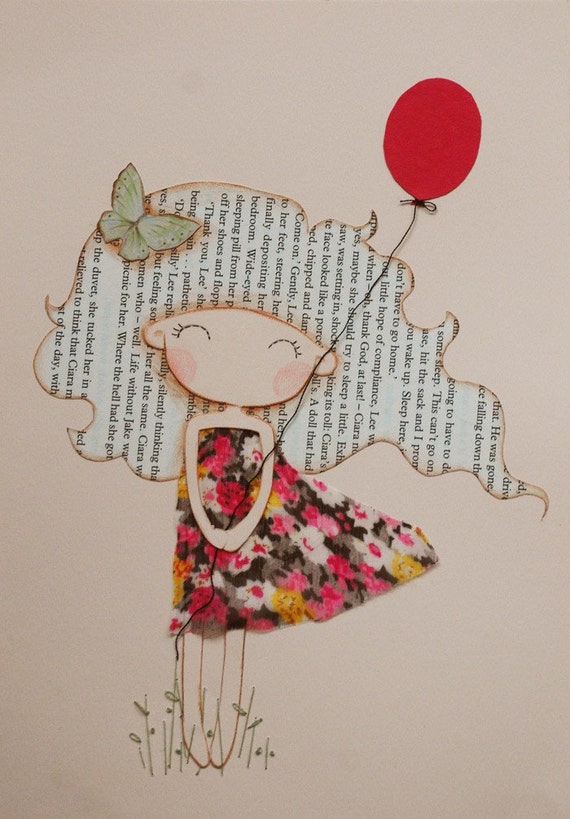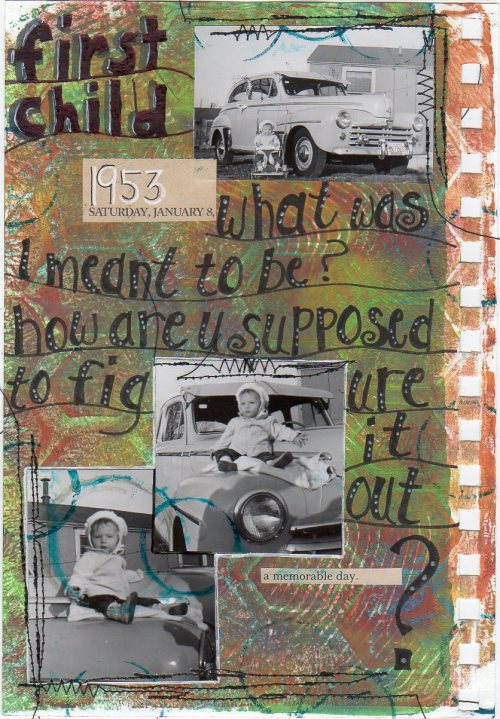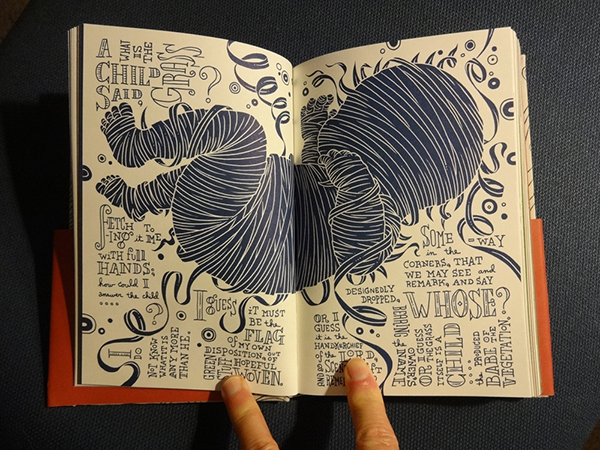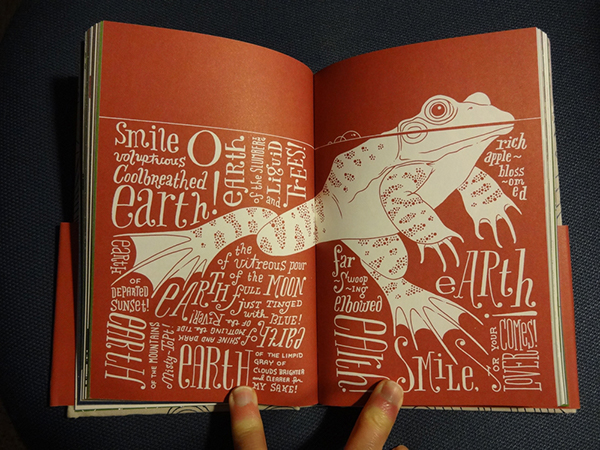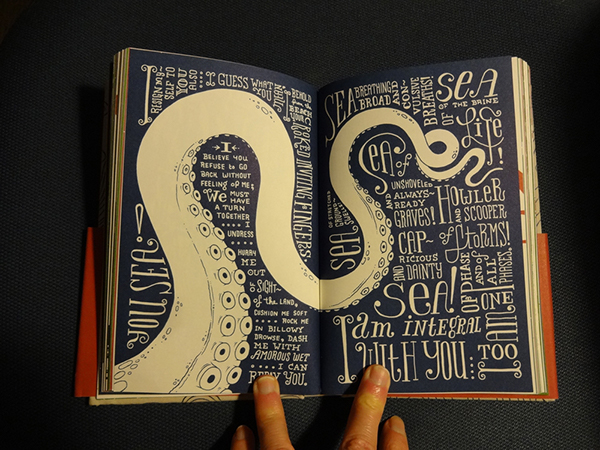And ANYONE can add content to the internet at any time. Even me! All I had to do was provide an email address and a few personal details, and some fools gave me a free blog that I now use to mold the minds of the future leaders of our country. Scary, huh?
Luckily for you, I am a (mostly) sane person with (mostly) sane goals. I use this blog for good, not evil, but the same can't be said for everyone who adds content to the great and powerful World Wide Web. There are a lot of people out there with questionable motives, and sometimes it's hard to know what you can and can't believe on the internet.
Honest Abe sure knows how to drive home a point, doesn't he? ;)
As you're researching on the vast, infinite information highway, it's important to remember that not everything you click on is going to have the most rock solid information. You're going to come across a lot of information that is based purely on opinion instead of facts. OR, information that is stated as fact, but no facts are cited. Beware of the article (or video or infograph) that doesn't provide sources!
How about some examples, eh?
Unreliable sources:
- Wikipedia.org - Wikipedia is a great website, chock full of information on just about any subject you could think of, BUT it can be edited by anyone, so watch out for it. The folks who run Wikipedia do their best to fact check everything, but sometimes misinformation slips through the cracks. Your best bet is to check the links at the bottom of the Wikipedia page - a lot of times that's where the author got their information, and it's where you can get information, too.
- Debate.org - Great site for forming opinions and seeing what the public thinks about an issue, but that's about it. Please don't use debate.org as a source of information, because it is impossible to know if what anyone says there is true.
- TheOnion.com - This is a satirical website, meaning all of the articles written here are a joke - usually a joke that pokes fun at a real issue. The thing is, they can sometimes sound serious, and people are fooled by satirical websites like The Onion all the time. If you think something that you're reading is satire, let us know, and we'll help you figure it out.
- Anything that seems too one-sided may not be credible.
- Anything that doesn't site sources is unreliable.
- Anything that's out of date (more than a few years) is questionable.
Credible sources:
- Newsela.com - We like it, and we want you to use it whenever possible. The articles are taken from newspapers around the world, which means the stories have been fact checked. See if they have anything about your topic!
- Local newspapers/news stations - They all have websites, and are usually a little less biased than national news channels.
- Websites that end in .gov (government) have information that has been thoroughly researched.
- National newspapers like The Washington Post, The New York Times, and USA Today also have information that has been thoroughly researched.
- Websites that are CURRENT usually have more accurate information than those that are outdated.
- Websites that have links to their sources are usually more trustworthy.
- Websites that are objective (unbiased) tend to be more reliable than those that are biased.
Here is a handy checklist to use when checking the credibility of your sources. If you have any questions about whether a source is credible or not, please let me know!
Once you have finished this lesson and the Media Bias lesson, head on over to Google Classroom and start part two of the scavenger hunt. Good luck!










